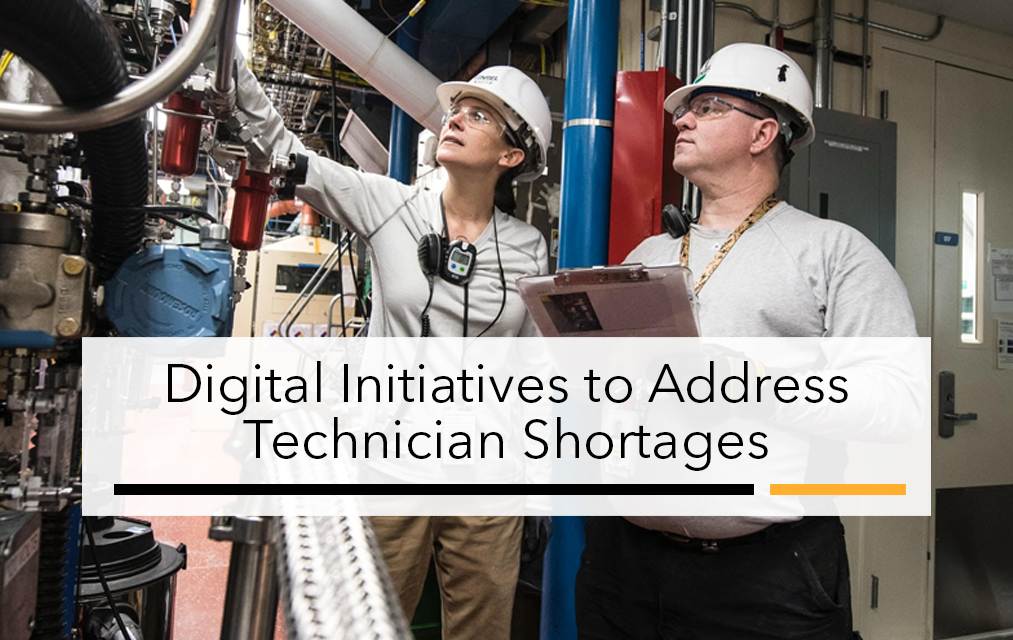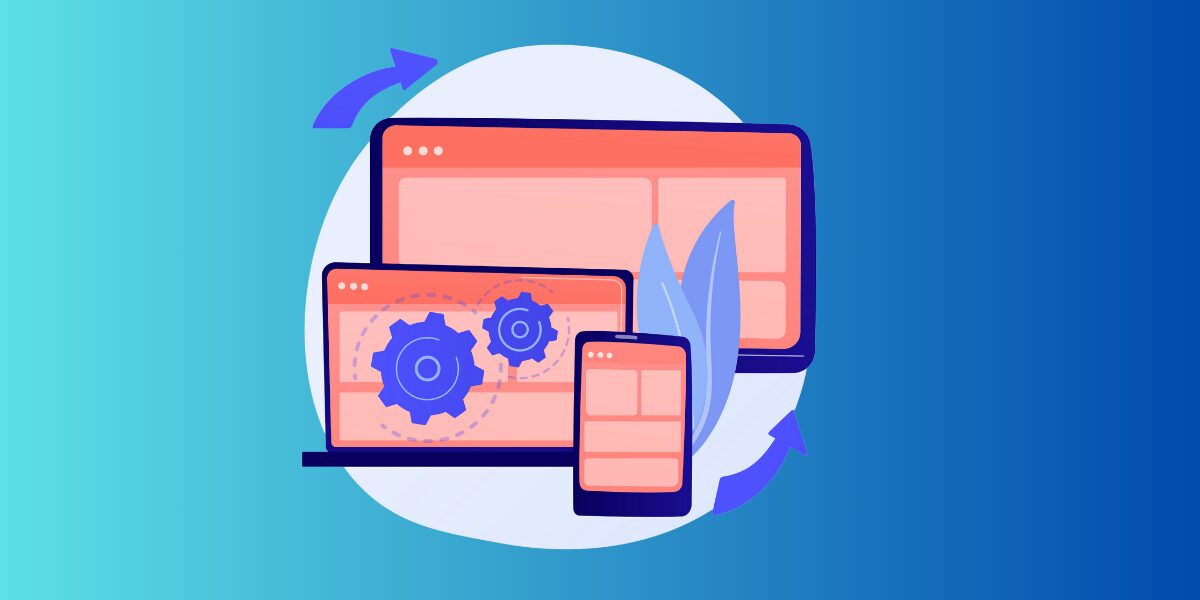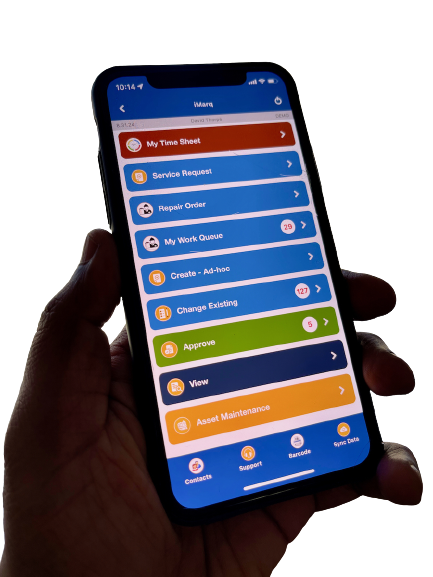The technician shortage is very real, with demand for new workers typically underestimated. However, recent changes in how estimates are created better reflect the realities of the technician labor supply issue. Demand for new workers, it turns out, is three times higher than previously thought.
The new method takes into account both the tendency for people to change jobs more often than they used to and openings created by retiring technicians.
For employers, addressing labor issues requires a shift in thinking, especially when dealing with a younger workforce as older technicians retire. The challenge of labor shortages has four components:
- Loss of Institutional KnowledgeLong-time employees, especially those with decades of experience are a repository of knowledge accumulated over the years. This undocumented institutional knowledge is often specific to the organization, its assets or its business. In most cases, a technician performing their work does not have the time (and, frequently, the inclination) to write down their comments, including any patterns they have observed, and is lost when a technician retires. In a sense this is the “Intellectual Property” of that maintenance team and should be valued as such.
- Educating New HiresNew employees, especially those who are early-career or new to the industry, need access to institutional knowledge that goes beyond school or job-site training. A lack of available mentors, due to aforementioned retirements, combined with a hesitancy to ask questions leads to a knowledge gap problem.
- Technology GapsThe generation gap is very real. In the workplace, this manifests in technology, although not the way you might expect. Gen Z, the oldest of whom were born in 1997, are now entering the workforce. They were preteens when the first iPhone was released in 2007 and Facebook became publicly available in 2006. They don’t know a time without social media or a computer in their pocket. And they have rarely worked at a desktop, much less a kiosk, or required training to use an app or navigate a site.
Understandably, this level of comfort with technology brings with it some challenges when faced with a shop floor that still uses monochrome, DOS-based computer systems and paper. There is an expectation — rightfully so — that computer systems should have an intuitive UI with minimal training, and be optimized for mobile devices. Or, at the very least, usable on a machine that doesn’t rely on 30-year-old infrastructure.
- DigitizationAs workplaces continue with their digitization initiatives, further accelerated in the pandemic- and post-pandemic era, the gains in efficiency are obvious as technicians utilize digital solutions for time optimization.
How Digitizing Can Help
The solution to these challenges lies in transforming the workplace to a digital-first environment, with the goal of eliminating paper to improve information gathering and knowledge retention.
Capture Institutional Knowledge
To ensure institutional knowledge is captured at the source, provide employees with digital tools that make it easy to both do their jobs andto capture information that is otherwise lost. A premium must be placed on efficiency and ease-of-use to ensure widespread adoption of the technology. The reason is twofold: first, a complicated or confusing process will reduce adoption rates; second, in a busy workplace, anything beyond core duties — working on machines, for instance — is often seen as an unnecessary task and will quickly be ignored.
Proper knowledge capture will preserve institutional knowledge that can be used for both reference and training purposes. This is knowledge outside of training manuals, manufacturer specs, or other forms of documentation. Using a heavy equipment shop as an example, in a digitized environment a technician can enter a comment similar to “In the last six inspections of this tractor, the pads have been found to wear out three months earlier than normal” for that specific line. And, interestingly, he does not even have to type this in – he can simply use standard speech-to-text features of the app to enter this comment, which is now embedded in the completed job.
This information is now available to the enterprise as a whole, and can then be searched and analyzed in future. Although data is generally thought of as being quantitative, digitization makes possible the analysis of qualitative data, as well. This information, in addition to being available for upcoming inspections, can now also be used for planning, training, and other purposes.

Access to Prior Work
Advances in technology mean changes in the approach to work. With a camera and note-taking device in every smartphone and tablet, the potential for knowledge sharing expands. New and existing employees should expect a work history that includes annotated photos of work done, along with any comments and even audio recordings (e.g. “here is what this engine noise means”).
Standardization and Eliminating Subjectivity
In a digitized environment, elements can be introduced to reduce subjectivity. Including documentation instructions, or other context-sensitive instructions, can help, as can including images and video links created by more experienced staff, or the OEM. Creating objective data, rather than subjective data — such as equipment ratings on a scale of poor to excellent — leads to standardization that furthers workplace efficiencies.
Going Beyond “Train More People”
The technician shortage is not only a problem of retaining or acquiring staff. It is also aknowledge problemRecruiting and hiring efforts solve the problem of having enough hands to do the work, but they do nothing to address the issue of knowledge leaving the building. The solution lies in a multipronged approach — one in which technology, in the form of digital tools, enables the storage and accumulation of institutional knowledge that can then be distributed, absorbed, and built upon.
Connixt creates digital solutions for workplaces. Get in touch to see how our products can help you retain institutional knowledge within your company.





